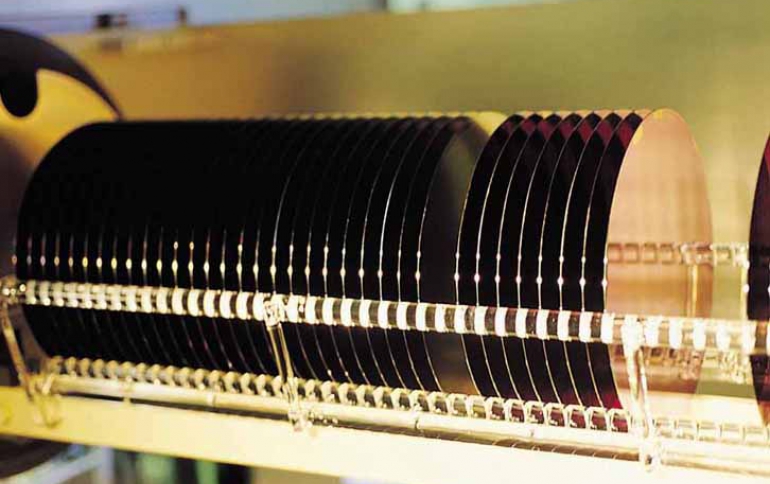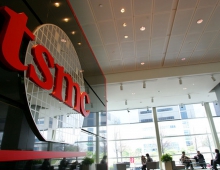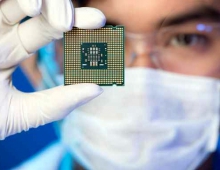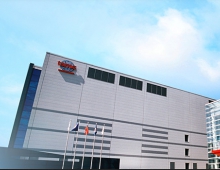
Problematic Photoresist Material Costs TSMC Millions of Dollars
TSMC updated its first quarter 2019 guidance following the completion of the assessment of all the wafers affected by a batch of problematic photoresist material.
As it was previously reported, TSMC discovered that a batch of photoresist from a chemical supplier contained a specific component which was abnormally treated, creating a foreign polymer in the photoresist. TSMC said that the specific polymer created "an undesirable effect on 12/16-nanometer wafers" at its Fab 14B. This effect was detected later on when the wafers deviated from normal yield.
To ensure the quality of its wafers delivered, TSMC decided to scrap a higher number of wafers than the foundry's earlier estimate.
TSMC expects the incident to reduce Q1 revenue by about US$550 million, gross margin by 2.6 percentage points, operating margin by 3.2 percentage points, and EPS by NT$0.42.
The company added that the wafers scrapped in Q1 would be made up in Q2. This would contribute about US$550 million to Q2 revenue, increase gross margin by 1.5 percentage points, operating margin by 2.1 percentage points, and EPS by NT$0.34.
For full year 2019, TSMC's forecast is a reduced gross margin by 0.2 percentage point, operating margin by 0.2 percentage point, and EPS by NT$0.08.
At the same time, TSMC has taken action to pull in certain production from Q2 and has seen some increases in demand. These will result in about US$230 million of additional revenue in Q1.
Including the above factors, the company now expects Q1 revenue to be between US$7 billion to US$7.1 billion, Q1 gross profit margin to be between 41% and 43%, and Q1 operating profit margin to be between 29% and 31%.
TSMC said once it discovered the yield issues caused by the problematic material, it communicated with affected customers and has worked out replacement and delivery schedules with each of them. TSMC has also taken also action to strengthen inline wafer inspection and tighten control of incoming material to deal with the increasing complexity of leading-edge technologies.





















